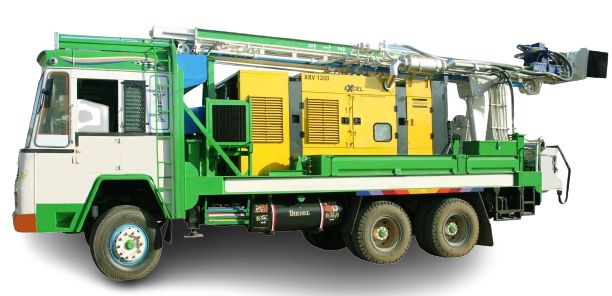our CNC machine is more than a piece of equipment—it’s a long-term investment that drives quality, speed, and profitability in your shop. Neglecting maintenance can lead to costly downtime, inconsistent part quality, and premature machine failure.
Below are 9 essential CNC maintenance practices to maximize machine uptime and extend equipment life.
1. Establish a Daily & Weekly Cleaning Routine
Remove Chips After Every Shift
- Clear metal chips from machine beds, covers, guideways, and chip augers.
- Prevents jamming, scoring, and coolant contamination.
Wipe Down Surfaces
- Use lint-free cloths and machine-safe cleaners to remove grime and coolant film.
- Focus on exposed ways, control panels, and worktables.
Maintain Coolant Tanks
- Skim tramp oil and filter coolant weekly to avoid bacterial growth.
- Replace coolant that smells foul or shows signs of foaming.
Tip: Use a refractometer to monitor coolant concentration (typically 5–10%).
2. Lubrication & Guideway Maintenance
Follow Lube Schedules Religiously
- Check and refill lubrication reservoirs per the OEM manual (daily/weekly/monthly).
Use Only OEM-Recommended Lubricants
- Avoid mixing oils or using substitutes—they can break down seals or cause galling.
Inspect Auto-Lubrication Systems
- Ensure grease/oil lines aren’t clogged, cracked, or leaking.
3. Monitor Coolant & Filtration Health
Maintain Correct Coolant Ratios
- Too weak = poor lubrication
- Too strong = foaming, poor chip flushing
Replace Filters Monthly
- Clean or replace coolant strainers, chip screens, and sump filters regularly.
Watch for Contamination Signs
- Signs include sludge buildup, sour smells, or pump cavitation.
4. Inspect Belts, Pulleys & Drives
Check Belt Tension & Alignment
- Loose belts lead to tool chatter, missed steps, and heat buildup.
Listen for Noises
- Whining or grinding from motor bearings or couplings is an early failure indicator.
5. Verify Accuracy with Geometry Checks
Weekly Test Cuts
- Cut a sample shape (e.g., 50 mm square) to track any dimensional drift.
Calibrate Backlash Quarterly
- Adjust for backlash on X, Y, and Z axes for tight positional control.
Measure Spindle Runout
- Use a dial indicator to keep TIR < 0.005 mm for most milling applications.
6. Electrical & Control System Best Practices
Tighten Electrical Connections
- Power down every 6 months and re-torque terminal blocks, relays, and ground lugs.
Inspect Cables & Hoses
- Look for frays, kinks, or leaks in power cables, pneumatic lines, and coolant hoses.
Backup Parameters Monthly
- Store controller settings offsite or in cloud storage for disaster recovery.
7. Maintain a Stable Operating Environment
Temperature Control
- Keep shop temps between 18–22 °C to minimize thermal expansion and part drift.
Humidity Management
- Excess moisture causes corrosion—use dehumidifiers if needed.
Vibration Isolation
- Mount heavy machines on vibration-dampening pads or concrete slabs to reduce wear and accuracy loss.
8. Train & Empower Operators
Use Maintenance Checklists
- Daily: chip removal, coolant check, lube system visual.
- Weekly: deeper cleaning, filter check, drive inspection.
Upskill the Team
- Offer training on machine-specific PM tasks and troubleshooting techniques.
Maintain Logs
- Keep a digital or paper log of all maintenance actions. Helps track trends and anticipate failures.
9. Partner with Certified Technicians
Schedule Annual Preventive Maintenance
- Professional techs can spot early wear, update software, and calibrate axes.
Use Genuine Replacement Parts
- OEM belts, seals, and filters ensure longevity and performance compatibility.
Summary Maintenance Checklist
| Task | Frequency |
| Chip removal & wipe-down | After each shift |
| Coolant inspection | Weekly |
| Lube level check | Daily |
| Filter cleaning/replacement | Monthly |
| Test cut (accuracy check) | Weekly |
| Backlash & spindle runout | Quarterly |
| Electrical inspection | Biannually |
| Full technician service | Annually |
